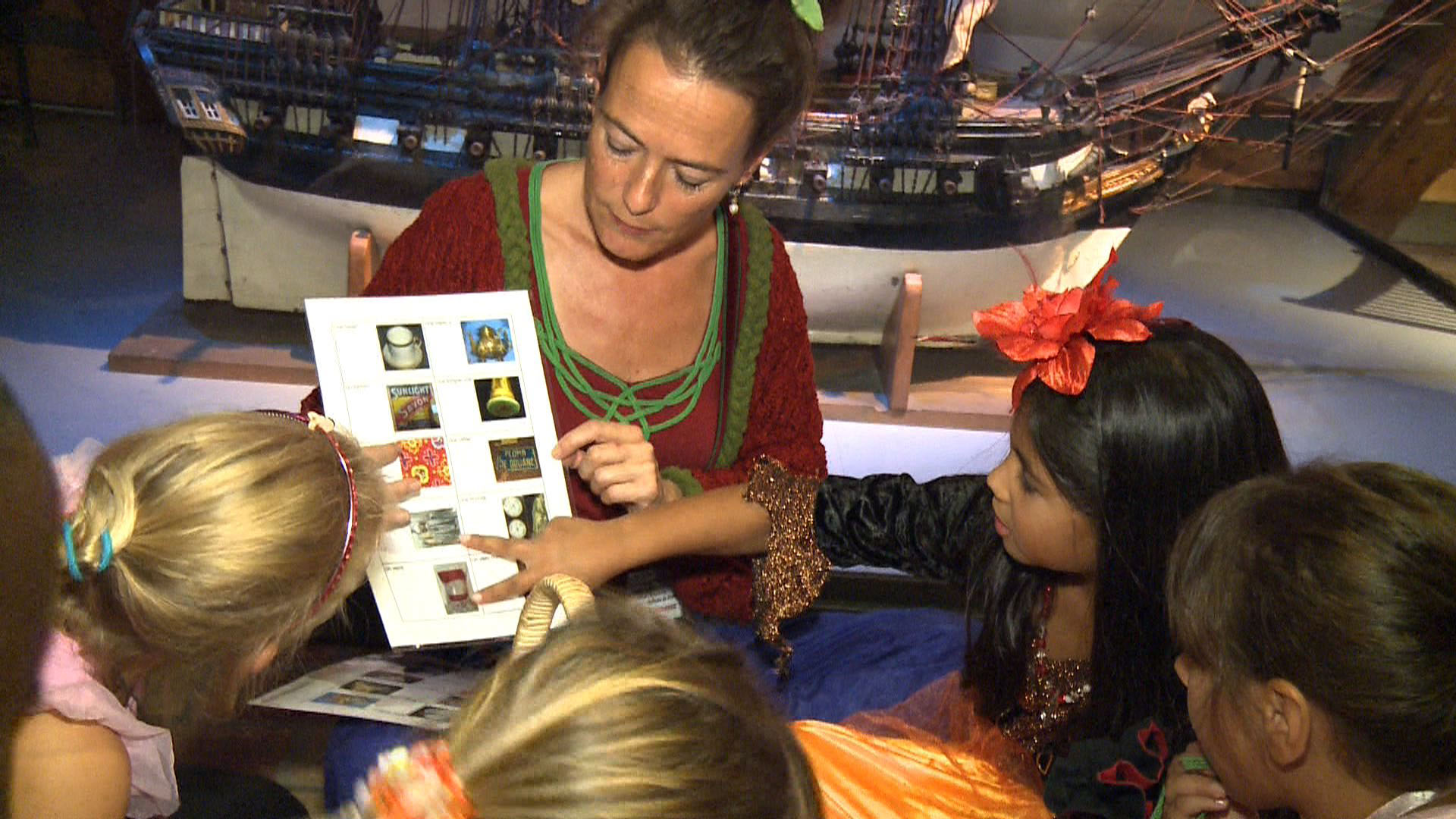Museums try to generate more buzz

With competition from social media and other online diversions, cultural attractions like museums must find innovative ways to keep the public’s attention. Swiss institutions are experimenting with new technology and special events.
“Swiss museums are trying to become more interactive – it’s only just starting,” notes Brigitte Schaffner. The course administrator for Basel University’s art management programme explains that local cultural institutions are, in part, taking a page from the book of their United States’ counterparts.
“Some museums, especially American ones, have been doing this for quite a while – using social media to let the public become a part of what happens in the museum and even part of the process of what’s exhibited,” she explains.
It seems to be paying off. The number of visits to the institutions belonging to the Swiss Museum Association has been stable over the past five years, averaging a little over 12 million annually. That’s the equivalent of 1.5 visits per resident.
Part of the reason for the success of Lucerne’s Museum of History is its accent on interactivity. Its Schaudepot is organised like a warehouse, with the objects displayed in glassed-in shelving units. A bar code is assigned to each item, and visitors can use a hand-held scanner to learn more about any given object.
After scanning the bar code, the gadget provides a descriptive text as well as photos and even videos. The museum purchased its first scanners in 2003 and recently invested in new ones.
“It’s a good device; people like it. At first we thought older people wouldn’t be used to something like that, but that’s not the case. And for younger people, devices like this are part of everyday life,” museum director Heinz Horat tells swissinfo.ch.
However, some visitors are overwhelmed by the volume of items on display. “They say ‘I don’t know what to look at – it’s just too much’,” Horat adds.
Now hear this!
Although they have been around for many years, audio guides have gained in importance, says Erik Thurnherr, who runs Texetera, a Bern-based company that produces such guides.
First there were cassette and CD players. “Then came this big leap forward when you got the special devices for audio guides – like a telephone receiver with numbers you can dial.” Thurnherr recalls. In the meantime, iPods, smartphones and tablets have taken audio guides to a new level – in particular outside of museums.
Thurnherr’s company has created audio guides for museums but also for tours of the Swiss capital Bern and the Rhine Falls in northern Switzerland. “Smartphone applications can link to a geographical location. Then you can deliver information to places where it wasn’t previously possible. You don’t need any panels describing the attraction,” Thurnherr points out.
However, Thurnherr cautions museums and other attractions from going overboard with technology.
Tech overload
“Often you can offer more technology than people really want. The reality is what you have in front of you, so the audio is just giving you the information. But we don’t really want people spending too much time looking at their smartphones – they should be looking at what they’ve come to see.”
Schaffner says one of the key issues for museums today is finding sufficient funding to keep their exhibitions in fashion.
Yet this past summer, public funding was abundant enough for six of Bern’s museums to grant visitors free admission on the four Saturdays of August. A total of 15,355 people took advantage – far more than would normally have turned up in summer had they had to pay.
“We wanted to make it easy for people to discover something new. It worked: the museums had spontaneous feedback from visitors saying that they were there for the first time or that they hadn’t been in ages,” Jacqueline Strauss, the director of the Museum of Communication told swissinfo.ch.
Asked whether she worried that people might only come when it was free, Strauss says no: “We’re sure that the people will come again – even if it costs something – or they might recommend the museum to their friends, for example.” The offer was so successful that the museums plan to do it again in 2013.
Not free, but cheap
And many cities around Switzerland host annual museum nights; with a single ticket people can enter a number of museums, which typically have a special programme of entertainment for the evening.
For example, Lucerne held its “Museumsnacht” in September. A dozen museums and monuments participated, and the mild evening was ideal for strolling around town.
“I’m a student and I’m on a budget, but tonight I can buy a ticket for SFr20 ($21) and see several museums that I normally wouldn’t have the chance to. I think it’s a cool way to get to know a lot of museums in one night,” as Marina told swissinfo.ch. It was her first Museumsnacht. Heinrich, on the other hand, had been several times.
“It’s a wonderful offer for the public,” he said. “I think events like this help eliminate inhibitions. People go when it’s inexpensive and get a taste of what’s there; it’s a good way to bring in new visitors. And even if people only go once, that’s worth something, too.”
Schaffner is not surprised by the success of the Museumsnacht events, since, she says, actually seeing something is key, especially in an age where everybody can just Google it or look it up on Wikipedia.
“We’re used to that and we want to have a lot of information. But to me, what’s different and attractive about a museum is that you can really go there and see the object. What’s important is to form a relationship with it and not just the image you find on the internet. See the original and see what it does to you.”
2006: 10,832,000
2007: 12,045,500
2008: 11,985,000
2009: 12,627,700
2010: 12,526,600
2011: 12,753,900
Source: Swiss Museum Association
Total number of Swiss museums: 1,101
401 Regional/Local
196 Themed
185 Art
105 Technical
86 Historical
85 Science
27 Archaeological
16 Folklore/Ethnology
Source: Swiss Museum Association

In compliance with the JTI standards
More: SWI swissinfo.ch certified by the Journalism Trust Initiative











You can find an overview of ongoing debates with our journalists here . Please join us!
If you want to start a conversation about a topic raised in this article or want to report factual errors, email us at english@swissinfo.ch.